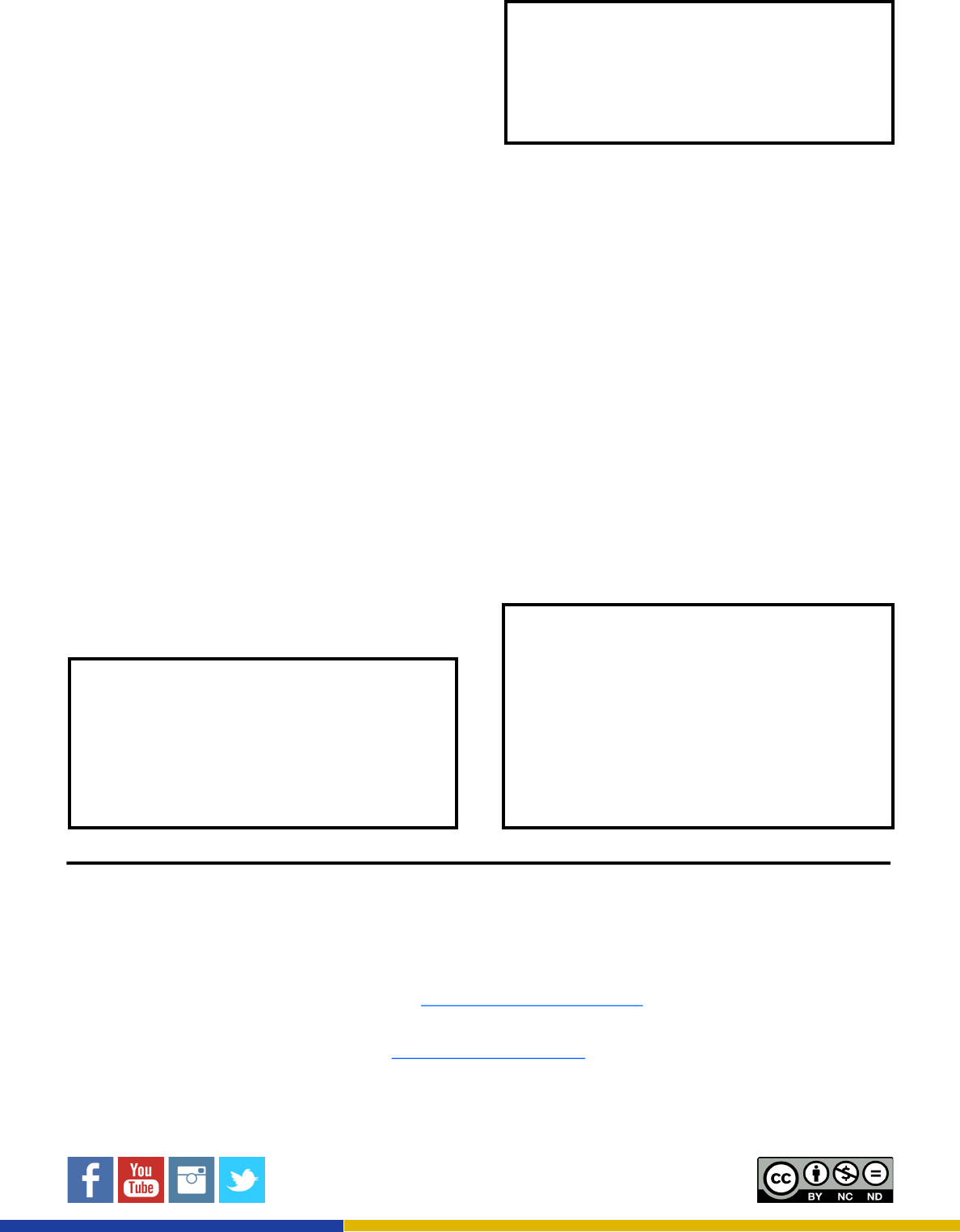
~-----------------------------------------------------------
STUDYSmarter
SurvivalGuide
WRITING A THESIS STATEMENT
What is a thesis statement?
A thesis statement is a position you will
argue in your essay/thesis/dissertation. This
central statement helps frame the rest of
your writing.
Why do you write a thesis statement?
A thesis statement requires you to take a
position. This means you do not ‘sit on the
fence’. You must be clear in your argument.
A good thesis statement:
is debatable, meaning it must be
possible to present a case for and
against the statement made (but you
argue for one side),
limits the scope of your essay, and
can be supported by academic literature.
Example
In Australia, everyone who finishes year 12
should go to university. — position
There are advantages and disadvantages
to going to university. — ‘fence sitting’ i.e.
not stating a position.
Where is the thesis statement placed?
Your thesis statement is placed in the
introduction, after an opening sentence,
identifying a problem and giving a brief
background.
Following the thesis statement you outline
what is to come in the essay. By having the
outline after the thesis statement, you can
use it to support your claim. However, some
disciplines prefer the thesis statement to be
at the end of the introduction. You should
always check with your tutor.
Example
Thesis statement:
With growing demands to meet student
needs, face-to-face lectures will be non-
existent in Australian universities by 2030.
Outline / support for claim:
This inevitable demand for lectures to be
uploaded online is due to increased cost of
campus parking, a growing number of
online students, more international students
wanting to be able to replay content,
students with special needs requiring easier
access or captions, and students in general
wanting flexible viewing time.
A thesis statement can be a little longer to
include some of the content of the argument
to explain why that is your position.
However, it should be quite succinct.
The outline you write in the introduction
should reflect the structure of your essay
paragraphs. Each paragraph should make a
new point that builds on your main
argument in your thesis statement.
Essays 1

How do you write a thesis statement?
Begin by highlighting the keywords in the
essay question and brainstorming ideas
and views.
Ask yourself — “what is the main point I
want to make?”
Write your position in plain English.
Keep rewriting it until it has a strong
academic tone and clear perspective.
Ask yourself — “is the evidence I have
provided strong enough to convince the
reader of my point?”
It is good to start with a provisional thesis
statement and then refine it once you have
written more of your essay and built your
argument. However, you should always
have a clear position before you begin
writing.
Your thesis statement will evolve as you:
read more sources and gain new insights,
gather more evidence,
analyse and brainstorm ideas,
critique and write, and
edit and proofread.
TIP
You need to rephrase your thesis
statement to include it in your conclusion.
This helps to reinforce your central
argument. Using synonyms and
restructuring a sentence can help with this.
TIP
Use keywords from the essay question in
your thesis statement to ensure you are
answering the question directly.
What is a counter argument?
A counter argument is the opposing view of
the position you have take in your essay. In
your essay, you will be expected to argue
for one position. However, it is also
important to mention any counter
arguments and then refute them
immediately in the following sentence.
This does not go in the thesis statement. It
could be in your next paragraph, mentioned
briefly in each paragraph as you make new
points or as a paragraph before the
conclusion when you discuss the future of
your topic. You should plan this in your
essay structure before writing.
TIP
Not all academic essays will be
argumentative essays. Some may require
you to describe something. In descriptive
essays you may not be required to state
your position. Always read your
assessment outlines carefully and check
with your tutor if you are unsure.
Like this Survival Guide? Why not check out more of our guides...
Introductions and Conclusions, Structuring Essays, Developing Essay Arguments, Writing a Paragraph, and
Quoting and Paraphrasing. If you are an Honours or Masters student we also have guides specifically for you.
Want to know more about STUDYSmarter?
Find out about all our services and resources at: www.studysmarter.uwa.edu.au
Any suggestions?
This resource was developed by the STUDYSmarter team for UWA students. When using our resources,
please retain them in their original form with both the STUDYSmarter heading and the UWA logo.
